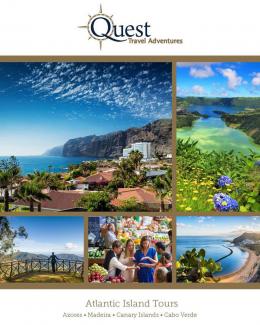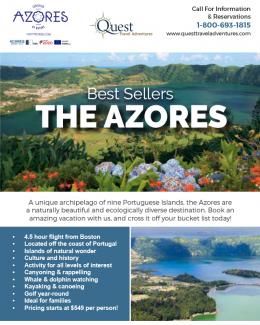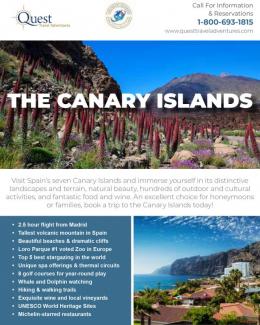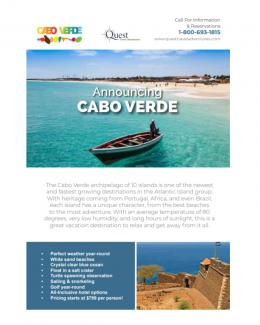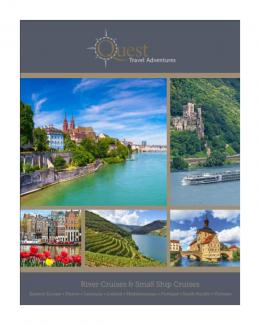Adventure #9: Adventures in Gastronomy
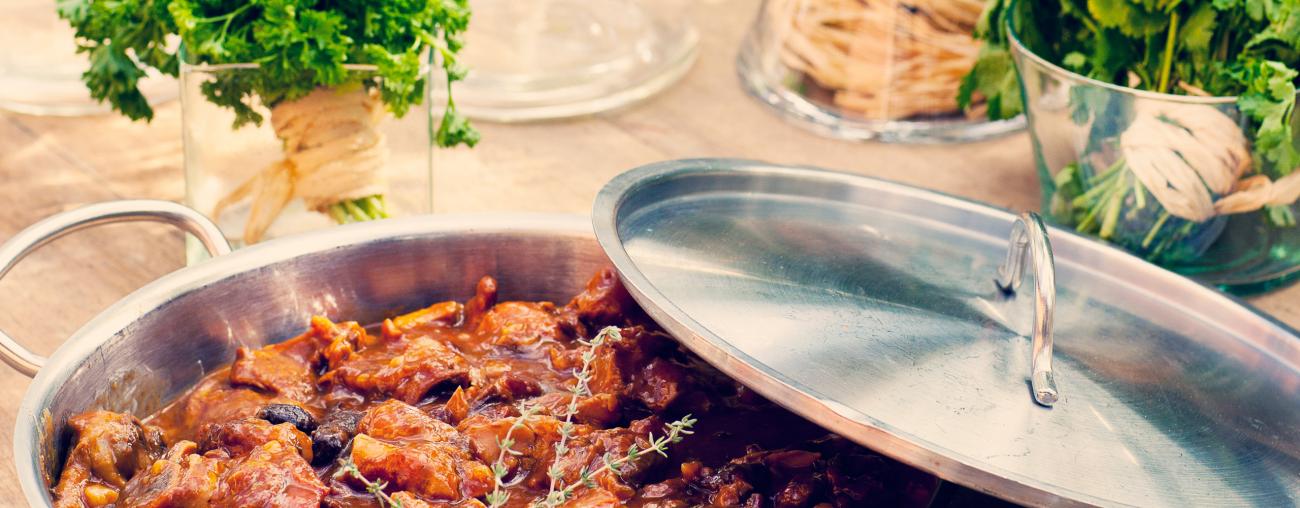
One of the great luxuries of travel is the opportunity to experience other cultures—and a great component of any culture is its cuisine. The Canary Islands are a wonderful example of the pleasure of opening a window to another land through its food. When you vacation on Tenerife, you’ll find a cornucopia of delicious, fresh ingredients prepared in many traditional dishes, often with a creative, contemporary flair.
In a way, the island’s cuisine is a reflection of its history. In the late 15th century, Tenerife became the last of the Canary Islands to fall to the Spanish conquistadores, and by the early 17th century, this island just 60 miles off the coast of Morocco had become a popular destination for settlers from Europe and for explorers venturing back and forth to the New World. The island cuisine reflects this history, blending Spanish, African, and Latin American influences with a distinctive Canarian twist.
The Canary Islands’ Not-So-Secret Sauce
The not-so-secret sauce of the Canary Islands is mojo, which is as important a pairing with food as wine. Although every mojo sauce is unique to its creator, the basic ingredients are olive oil, vinegar, garlic, salt, and spices. There are two standard varieties of mojo sauce: green mojo, the milder version that is usually made with parsley or cilantro and served with fish dishes, and the spicier red mojo, which is usually made with red peppers and paprika and often accompanies meat dishes.
Mojo sauce is an important condiment with another signature dish of the Canary Islands, papas arrugadas, or “wrinkled potatoes.” It is generally believed that potatoes arrived in the islands from Latin America in the late 16th century and that it was the Canary Islands that introduced the tuber to Europe. Many of the potatoes you’ll find on Tenerife today are descended from the Andean variety and have a distinctive flavor and wrinkly appearance. Papas arrugadas are made by boiling the potatoes in heavily salted water, then serving them in their skins with mojo sauce. Another vegetarian dish of the islands is potaje de berros, a chickpea stew.
Of course, given the island’s tropical climate, fruit and vegetables are abundant, fresh, and delicious, as a stroll past the colorful displays of food stalls and markets will tell you. Feast your eyes—but don’t forget your palate. The vitamin and mineral salt content of the fruits and vegetables is greater than you’ll find most anywhere else, resulting in a riot of delicious flavors.
So fertile are the valleys here, Tenerife alone exports more than 165,000 tons of produce to Europe alone each year. Potatoes, grapes, and tomatoes are popular, as are Tenerife’s distinctive bananas, whose long ripening season produces a unique balance of sugars. Other fruits grown here include figs, mangoes, papayas, lemons, avocadoes, pineapples, guava, custard apples, and more exotic varieties, such as carombola (starfruit), lychee, and paraguayo peaches.
The Bounty of the Sea
Of course, Tenerife being an island, the fish here is also fresh, abundant, and delicious. Tuna, swordfish, sea bass, parrotfish, moray eel, cuttlefish, and vieja are among the saltwater species that find their way to the grill, while sardines and chicharro are popular freshwater varieties. A favorite local fish dish is sancocho Canario, salted fish in mojo sauce. Or try cazuela de pescado, with boiled or fried fish, potatoes, onion, tomato, and peppers. Escaldón is an opportunity to sample another local staple: gofio, a cereal flour attributed to the Guanche people that is mixed into fish or meat stock. While you’re on the island, you might discover its fishing heritage by visiting some of the colorful fishing villages that dot the coast.
Travel tip: If you’re in the town of Garachico, on Tenerife’s north coast, we recommend you try Restaurante Ardeola, an intimate and stylish restaurant with superb food, excellent service, and delightful sea views. Our favorite course when we were here was the Canary Grill, featuring two different types of fish with squid, octopus, limpets, and sea snails—and a dramatic presentation. Click here [link] for a video feast for the eyes.
Put Pork on Your Fork
Meat lovers, never fear! There is plenty on Tenerife to appease your appetite. Beef, rabbit, and goat’s meat all have a place on the menu. Meat is also often the tasty basis of traditional soups and stews such as puchero Canario, made with garden-fresh vegetables including corn. But no protein can match the popularity of pork here, both on its own and as an ingredient in soups and stews. You’ll find pork prepared in myriad ways, from hams, sausage, salami, and chorizo to pickled pork, pulled pork, and suckling pig. One signature pork dish is carne de fiesta (literally “party meat”)—fried chunks of marinated pork.
And no great cuisine is without its hallmark cheeses. In fact, the cheeses of the Canary Islands are so respected, the World Cheese Awards competition was held in Las Palmas, Gran Canaria, in 2009. It was the first time in history the competition was held outside the British Isles.
The cheese most identified with the Canary Islands is majorero, a goat cheese from the island of Fuerteventura. An island heavily dependent on agriculture, Fuerteventura is known for its goats, which that produce high-fat milk that results in a creamy cheese with a mildly nutty flavor. Tenerife also produces high-quality cheese from sheep and goats raised by the Guanche people.
A Honey of an Ending
While you’re on the island, don’t skip dessert—after all, these islands were once known as the “Sugar Islands”! The most traditional dessert is bienmesabe, a confection of ground almonds, eggs, sugar, lemon rind, cinnamon, and perhaps rum. Try it, and you’ll see why its name literally means, “Tastes good to me.” Or sample the tropical fruits; fried bananas; huevos mole, with egg yolks and syrup; or frangollo, made with flour, sugar, butter, raisins, almonds, cinnamon, and honey.
And speaking of honey … another specialty of the Canary Islands is miel de palma (palm honey), a sweet syrup produced from native palm trees. Thinner and darker than bee honey, palm honey is produced from the sap of trees that must be at least 20 years old. By Canarian law, miel de palma can be made only on the island of La Gomera—and the island’s 19,000 residents are fighting to preserve the right to call its product palm honey, over objections from the European Union that “honey” should be reserved for the product of bees. Regarded by many islanders as a folk remedy, this unique Canarian ingredient also finds its way into many pastries, desserts, and drinks.
You Can Have It All
Like mainland Spain, Tenerife is famous for its tapas—a “must” when you vacation here. Served as a small plate or appetizer before lunch or dinner—often with a glass of beer or wine—tapas are popular in this warm climate because they are lighter and easier to digest. They may be popular with you because they allow you to sample more of the delicious wonders of this multicultural islands!
Buen provecho! (Bon appetit!)






